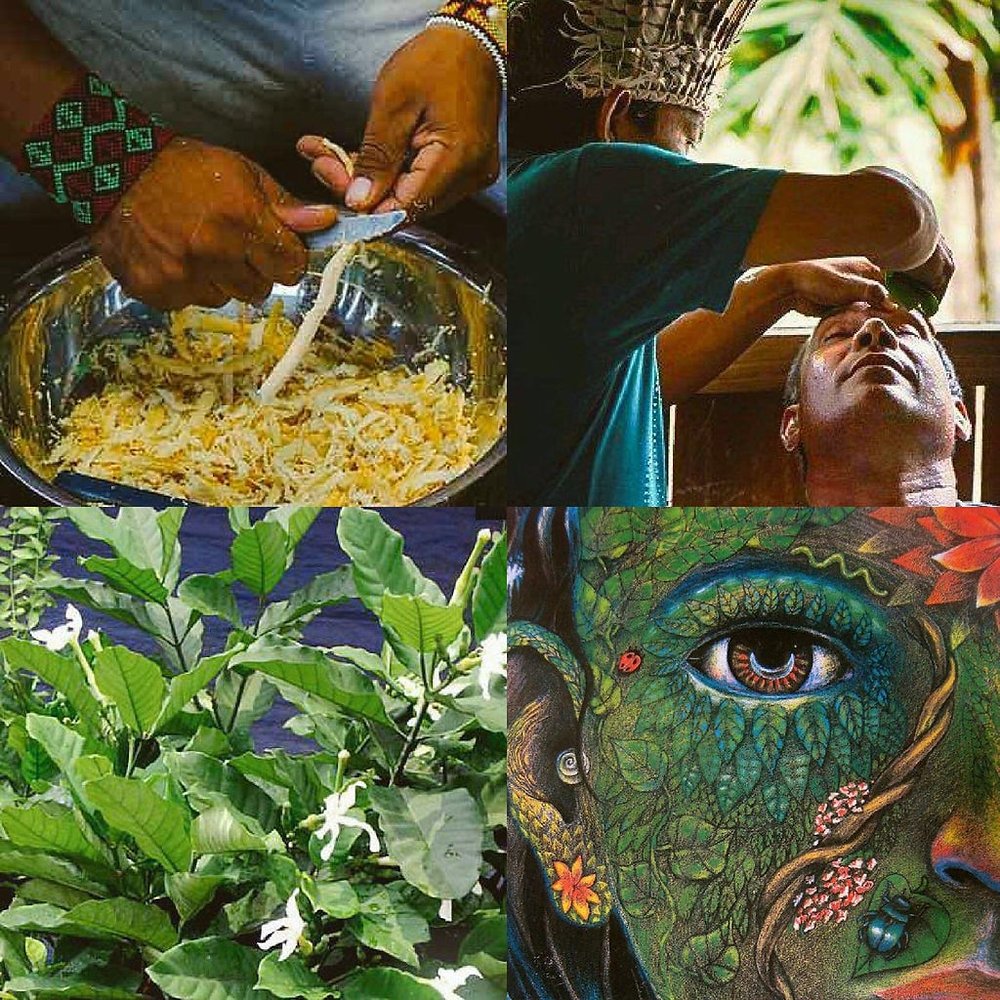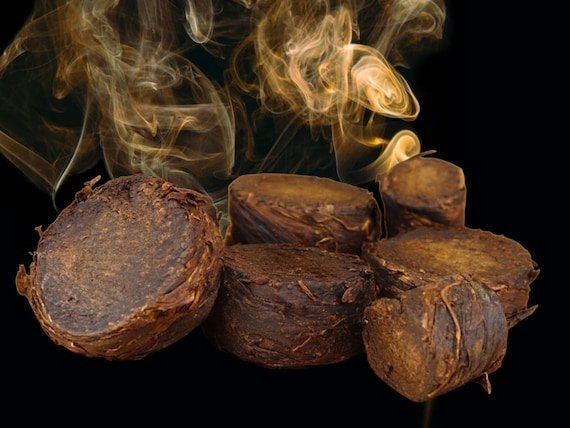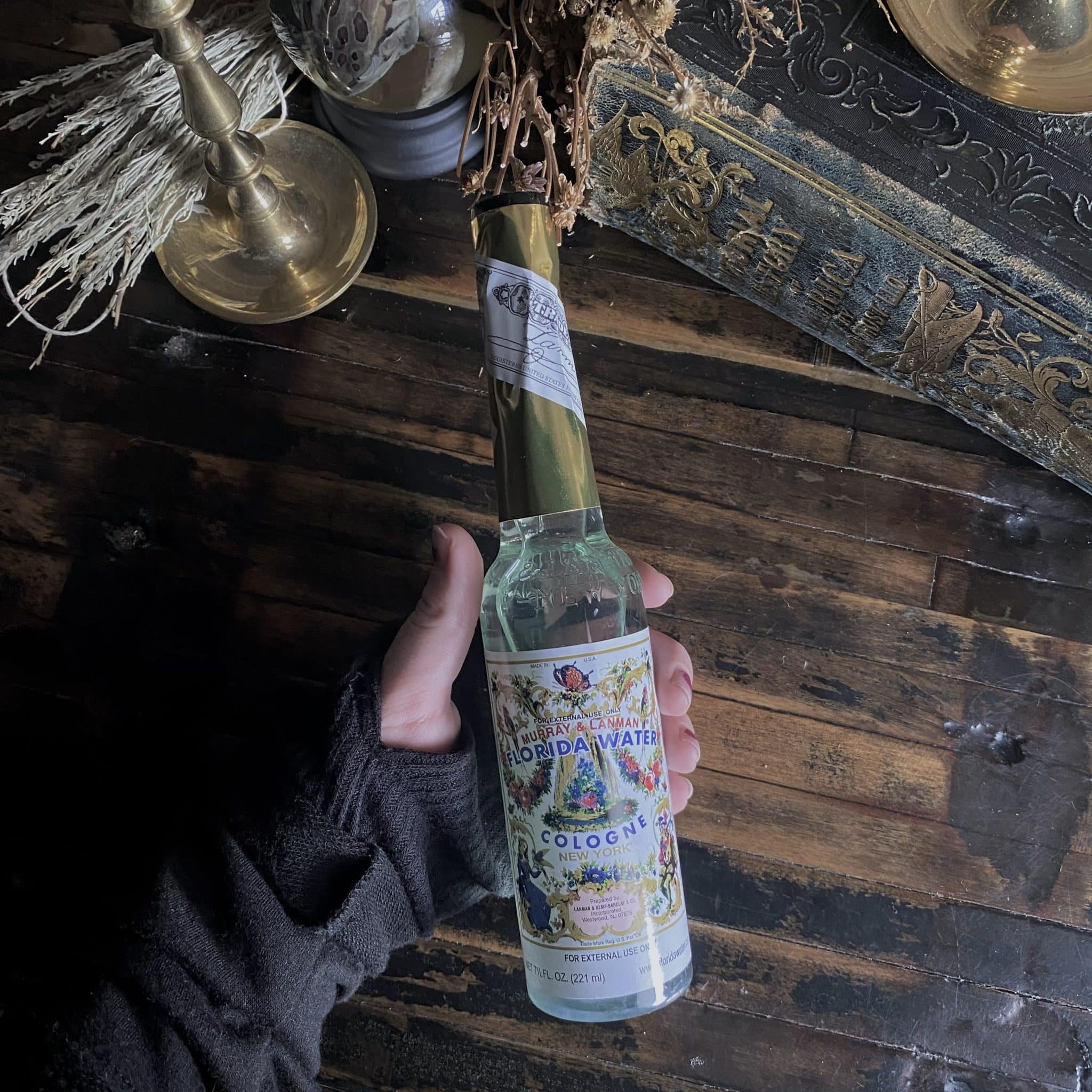
Earth Medicine
Rooted in natural remedies and ancient wisdom, Earth Medicine offers a pathway to harmony between mind, body, and spirit. Through the gentle guidance of herbs, plants, and the restorative elements of nature, we are invited back into balance and vitality. To return to the earth is to return to our original connection—where the rhythms of nature echo within us, revealing our true essence and offering a profound sense of grounding, clarity, and inner homecoming.
Kambo Medicine
Kambo is a sacred Amazonian medicine long honored for its powerful cleansing, fortifying, and clarifying effects on the body, mind, and spirit.
Ancestral lore tells of the shaman Kampu, who received this medicine through a vision from a forest spirit revealing the healing secretion of the frog. He brought this wisdom back to his people, restoring their vitality and weaving Kambo into the spiritual lineage of the tribes. Many believe Kampu’s spirit continues to guide the medicine today.
Traditionally applied through small points on the skin, Kambo is used to clear stagnation, cleanse the system, sharpen mental focus, strengthen resilience, and support emotional release. Many experience enhanced energy, renewed clarity, and a sense of alignment after ceremony.
Revered as a potent ally of the jungle, Kambo continues to be valued for its capacity to purify, awaken, and reconnect us to our natural vitality and inner truth.
Rapé / Hapé
Rapé (pronounced ra-pay or ha-pay) is a sacred shamanic snuff used for centuries by Indigenous tribes of the Amazon, including the Huni Kuin, Yawanawá, Katukina, and Nu-Nu. Deeply rooted in their cultural and spiritual traditions, it is revered for its grounding, cleansing, and clarifying qualities.
Unlike something inhaled, rapé is blown into the nostrils using a Kuripe for self-application or a Tepi when administered by another. The powder—traditionally made from finely ground wild tobacco, tree ash, and selected medicinal or aromatic plants—is crafted with intention and ceremonial care.
In many tribes, tobacco is seen as a sacred teacher plant, offering protection, focus, and spiritual alignment. Each blend carries a unique purpose depending on the plants used.
Rapé is often experienced as a tool that quiets the mind, releases heaviness, sharpens presence, and supports meditation and energetic clearing. Its stimulating yet grounding nature can enhance intuition, mental clarity, and connection to the body and spirit.
Honored with respect, rapé remains a powerful bridge between ancient Amazonian wisdom and modern spiritual practice.
Sananga
Sananga, also known as Becchete (a Matis and Matsés word for a medicinal plant) are very powerful eye drops extracted from the shrub Tabernaemontana undulate. The sananga used most popularly today is prepared in the tradition of the Matses tribe.
When sananga is applied directly to the eyes, it is said by the tribes to have the effect of giving the environment greater texture and dimension, making it easier to spot animals during hunting. The effects can last up to several days and weeks. Along with enhanced vision, sananga has been known to increase energy and even provide pain relief. Sananga's ability to improve vision is its most well-known attribute. Sananga has a powerful way, like Rapé, to Ground, Clear and Cleanse the Energetic Field, gaining more clarity, focus and presence, and aligning the spirit on a molecular and cellular level.
Sananga eye drops can be challenging from creating a powerful burning sensation in the eyes. Along with medicinal qualities, Sananga also serves psychological benefit. The initial 1-2 minutes after application can be very challenging. However, after this time, if one can relax and breathe into the process, a "flip" will happen. The participant will fall into a very relaxed and deep meditative state. They may become very calm and still, releasing all anxiety and worries. After approximately 5-15 minutes the participant is able to open their eyes again and is typically left feeling energetic.
There is not a large body of existing scientific research on sananga, but the data we do have indicates that these eye drops may be capable of treating ocular diseases like glaucoma, astigmatism, and blindness. Sananga has been shown to be anti-inflammatory and effective in treating skin infections due to its antimicrobial properties. Research into other plants in the Tabernaemontana genus found that they have antifungal and antioxidant properties, which can play a role in preventing cataracts and macular degeneration.
Cacao
Cacao carries a lineage of ceremony that spans thousands of years, honored by the Maya, Aztec, and Inca as a sacred plant spirit and a bridge between the earthly and divine. Traditionally used in rituals, celebrations, and moments of communion, cacao was believed to open the heart, invite clarity, and deepen connection with the community, the ancestors, and the unseen realms.
Ceremonial cacao contains natural compounds such as theobromine and flavonoids, which gently stimulate circulation, uplift mood, and support overall vitality. These qualities contribute to its long-standing role as a heart-opening medicine—both physically and energetically.
Associated with love, abundance, and fertility, cacao is seen as a generous gift of the Earth—an ally that supports intention-setting, emotional release, and deeper connection with oneself and others. When honored with mindfulness, cacao becomes more than a drink; it becomes a portal into warmth, clarity, and heartfelt connection.
Energetically and spiritually, cacao has a long history of use in ceremonies by various indigenous cultures. It's believed to open the heart chakra and create a sense of emotional connectivity. The energy of cacao is often described as gentle yet profound, helping individuals deepen their spiritual connection and self-awareness. In ceremony settings, cacao can be consumed mindfully, allowing individuals to access their inner emotions and insights more readily.
In the realm of ceremonies, cacao can foster emotional healing and release. Its active compounds can induce feelings of warmth and euphoria, encouraging a safe space for emotional exploration. This emotional release can be cathartic, leading to a sense of inner peace and clarity. The spiritual undertone of cacao lies in its ability to facilitate a stronger connection to one's intuition and inner wisdom, making it a popular tool for meditation and introspection.
Plant Baths
Shamanic plant baths, also known as "limpias" or "banhos" in various indigenous traditions, are a sacred and transformative practice that cleanse and purify the energy body, preparing individuals for spiritual ceremonies or as a form of energetic healing. These baths are an integral part of many shamanic rituals, and they involve the use of specific plant-infused water to wash away negative energies and promote spiritual balance.
The process of making a shamanic plant bath typically begins with the collection of specific plants, herbs, and flowers chosen for their cleansing and purifying properties. These may include plants like rosemary, mint, lavender, or various jungle herbs, depending on the tradition. The collected plant material is then often steeped in water hot water over a fire, to infuse the liquid with the plants' energetic qualities.
The individual receiving the bath will typically sit or stand in a designated sacred space, often outdoors or in a special ceremonial area. The facilitator or individual will gently pour the infused plant water over one’s head and body while using their intentions and prayers to channel the healing energy of the plants. The act of pouring the water is sometimes accompanied by rhythmic chanting or singing, adding to the spiritual and sensory experience.
As the plant-infused water cascades over the individual, it is believed to remove stagnant or negative energy, cleanse the aura, and restore harmony to the energy body. This cleansing process is thought to prepare the person for deeper spiritual work, enhance their connection with the spirit world, and create a sense of clarity and inner balance.
The experience of a shamanic plant bath is often described as both invigorating and deeply soothing. The aroma of the infused plants can be incredibly aromatic, filling the air with a fragrant and calming scent. The sensation of the water flowing over the body can evoke feelings of purification and renewal, leaving the recipient feeling refreshed, lighter, and energetically cleansed. Many who undergo these baths report a profound sense of well-being, inner peace, and heightened spiritual awareness, making shamanic plant baths a cherished and transformative element of shamanic traditions around the world.
Mapacho
Mapacho (Nicotiana rustica) is a potent wild tobacco traditionally revered across the Americas as a sacred plant ally. Used for thousands of years in shamanic and ceremonial practices, it holds a central place in many Indigenous cultures as a tool for protection, cleansing, and spiritual guidance.
Considered a powerful teacher plant, Mapacho is used to purify energy, clear stagnant or heavy states, and create a grounded, sacred atmosphere before and during ceremony. The smoke is often blown over individuals, objects, or the space to invite protection, dispel negativity, and open channels for deeper connection.
In many traditions, Mapacho acts as a bridge to the spirit world, supporting communication with guides and offering clarity, focus, and presence. Its grounding nature helps participants center themselves, sharpen intention, and navigate ceremonies with steadiness and awareness.
Beyond its spiritual role, Mapacho has been used traditionally for its medicinal qualities, including supporting respiratory and digestive wellness, easing discomfort, and serving as a natural repellent—reflecting its versatility in Indigenous healing systems.
Following ceremony, Mapacho smoke is often used to support integration, helping individuals process insights, settle their energy, and return to a state of balance.
Honored with respect and intention, Mapacho remains a powerful ally in rituals of cleansing, grounding, and spiritual connection.
Agua de Florida is a cherished tool in shamanic and spiritual traditions, valued for its cleansing, protective, and uplifting qualities. Its vibrant blend of citrus, floral, and herbal notes creates a fragrance that is both refreshing and invigorating, making it popular for personal use as well as ceremonial practice.
Traditionally, Agua de Florida is used to purify spaces, clear stagnant or heavy energies, and restore energetic balance. Practitioners often apply it to the body, altar tools, or ceremonial areas to establish a clean and sacred atmosphere.
In shamanic contexts, it is considered an important ally for protection, grounding, and connecting with the spirit world. Its aromatic presence helps open intuitive channels, support clarity, and enhance the practitioner’s ability to receive guidance.
Alongside its spiritual uses, its scent offers gentle aromatherapy benefits, uplifting the mood and promoting a sense of clarity and well-being. Honored for its versatility and energetic potency, Agua de Florida remains a timeless element in rituals of purification and spiritual alignment.















